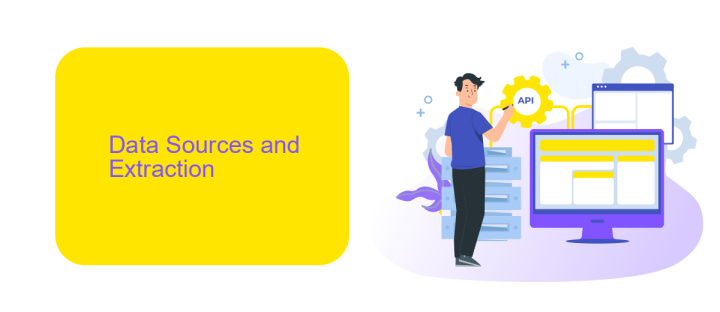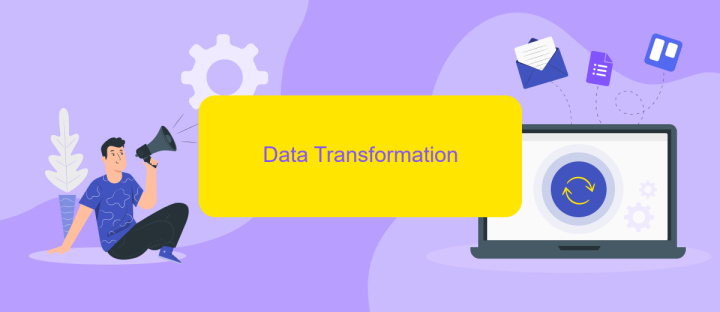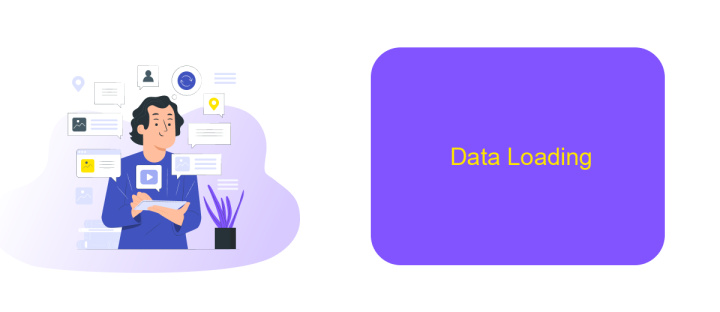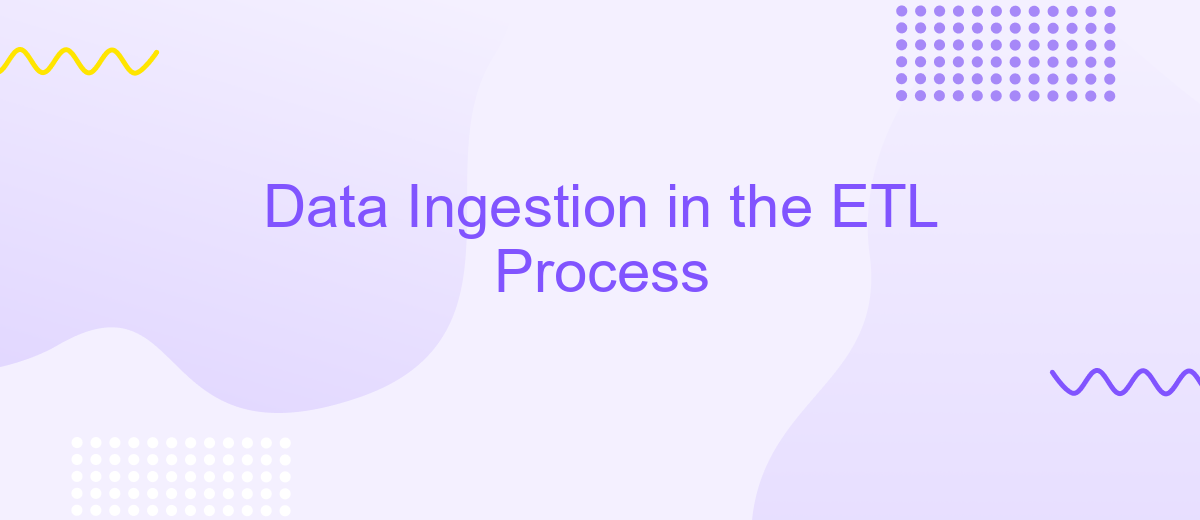Data Ingestion in the ETL Process
Data ingestion is a crucial first step in the ETL (Extract, Transform, Load) process, which involves collecting and importing data from various sources into a centralized repository. This phase ensures that data is readily available for subsequent transformation and analysis, making it essential for businesses to maintain data accuracy, consistency, and reliability. Effective data ingestion strategies can significantly enhance decision-making and operational efficiency.
Introduction
Data ingestion is a crucial first step in the ETL (Extract, Transform, Load) process, where raw data from various sources is collected and prepared for further processing. This phase ensures that the data is available in a structured format, making it easier to analyze and derive insights.
- Extracting data from multiple sources such as databases, APIs, and flat files.
- Transforming data into a consistent format for analysis.
- Loading the transformed data into a target system, such as a data warehouse.
Effective data ingestion requires robust integration tools to handle diverse data sources and formats. Services like ApiX-Drive simplify this process by providing seamless integrations with various platforms, ensuring that data flows smoothly into your ETL pipeline. By automating data ingestion, businesses can focus on deriving actionable insights rather than dealing with the complexities of data integration.
Data Sources and Extraction

Data sources in the ETL process can vary widely, encompassing databases, flat files, APIs, and streaming data. Each source type presents unique challenges and opportunities for data extraction. Databases, for example, offer structured data that can be queried using SQL, making it relatively straightforward to extract specific datasets. Flat files, such as CSV or JSON, are often simpler to handle but may require more preprocessing to ensure data quality. APIs provide a dynamic way to fetch data from various platforms, requiring proper authentication and rate limiting considerations.
Extraction methods must be tailored to the specific data source to ensure efficiency and reliability. Tools like ApiX-Drive facilitate seamless integration by allowing users to connect multiple data sources with minimal coding. ApiX-Drive supports a wide range of connectors, enabling automated data extraction from popular services and applications. This not only speeds up the integration process but also ensures data consistency and accuracy, making it an invaluable tool in the ETL workflow.
Data Transformation

Data transformation is a crucial step in the ETL process, where raw data is converted into a format suitable for analysis. This step ensures that the data is clean, consistent, and usable for business intelligence and analytics purposes. Transformations can include filtering, aggregating, sorting, and enriching the data to meet specific requirements.
- Data Cleaning: Removing duplicates, correcting errors, and handling missing values to ensure data quality.
- Data Integration: Combining data from multiple sources to create a unified dataset. Tools like ApiX-Drive can simplify the integration process by automating data flow between various applications.
- Data Aggregation: Summarizing data to provide a consolidated view, such as calculating totals or averages.
- Data Enrichment: Enhancing data by adding relevant information, such as geolocation data or customer demographics.
- Data Formatting: Converting data into a consistent format, such as standardizing date formats or unit measurements.
Effective data transformation ensures that the resulting dataset is accurate and ready for analysis. By leveraging tools like ApiX-Drive, organizations can streamline the transformation process, ensuring seamless integration and high-quality data output. This ultimately leads to more informed decision-making and improved business outcomes.
Data Loading

Data loading is a critical phase in the ETL (Extract, Transform, Load) process, where transformed data is transferred into a target database or data warehouse. This stage ensures that the data is accessible for analysis, reporting, and further processing. Efficient data loading is essential for maintaining data integrity and performance.
There are several methods to load data, including bulk loading, incremental loading, and real-time loading. The choice of method depends on the volume of data and the specific requirements of the business. Proper planning and execution of the data loading process can significantly impact the overall performance of the ETL pipeline.
- Bulk Loading: Suitable for large volumes of data, typically done during off-peak hours.
- Incremental Loading: Involves loading only the new or updated data, minimizing the load on the system.
- Real-Time Loading: Ensures immediate availability of data, often used in time-sensitive applications.
Tools and services like ApiX-Drive can simplify the data loading process by automating the integration between various data sources and target systems. ApiX-Drive provides a user-friendly interface and robust features that streamline data workflows, ensuring that data is loaded accurately and efficiently. This helps businesses focus on deriving insights from their data rather than managing complex data loading processes.
Data Quality and Monitoring
Ensuring data quality is a critical aspect of the data ingestion process in ETL (Extract, Transform, Load). High-quality data is essential for making accurate business decisions and maintaining operational efficiency. To achieve this, data must be validated and cleansed at every stage of the ingestion process. Techniques such as data profiling, validation rules, and cleansing algorithms are employed to identify and rectify anomalies, inconsistencies, and inaccuracies in the data. Additionally, metadata management and data lineage tracking provide transparency and traceability, which are vital for maintaining the integrity and reliability of the data.
Monitoring is equally important to ensure the ongoing quality and performance of the ETL process. Continuous monitoring helps identify potential issues before they escalate into significant problems. Tools and services like ApiX-Drive can be integrated to automate data flows and monitor data pipelines in real-time. ApiX-Drive offers robust features for setting up alerts, generating reports, and providing insights into data processing activities, thereby ensuring that the data ingestion process remains efficient and reliable. By implementing these practices, organizations can maintain high standards of data quality and ensure the seamless operation of their ETL workflows.
FAQ
What is data ingestion in the ETL process?
Why is data ingestion important?
What are the common challenges in data ingestion?
How can data ingestion be automated?
What types of data sources can be ingested?
Time is the most valuable resource for business today. Almost half of it is wasted on routine tasks. Your employees are constantly forced to perform monotonous tasks that are difficult to classify as important and specialized. You can leave everything as it is by hiring additional employees, or you can automate most of the business processes using the ApiX-Drive online connector to get rid of unnecessary time and money expenses once and for all. The choice is yours!

